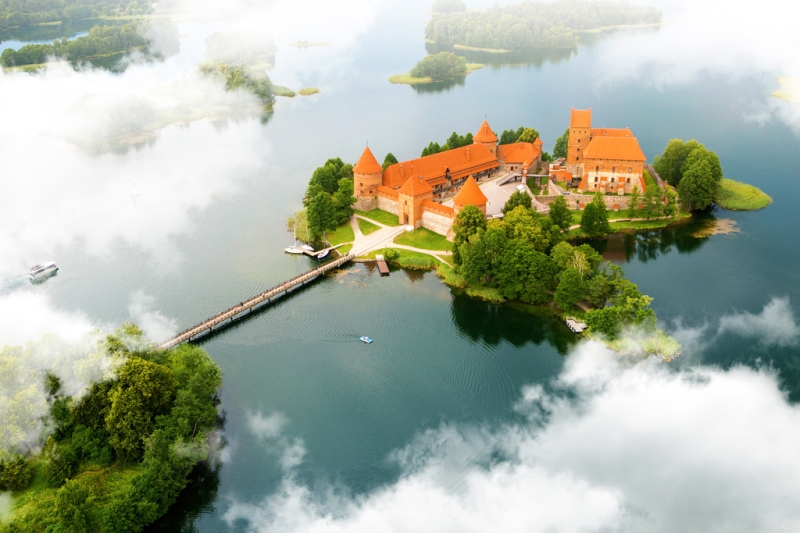
Lithuania has long been a favorite holiday destination of the Soviet intelligentsia. The coastal city of Palanga was an excellent alternative to Crimea and was popular among those who do not like dry and hot weather. Modern Lithuania is a calm, cozy and truly European country that has managed to preserve its historical heritage, and its residents still speak Russian well. We present ten must-see places in Lithuania.
Trakai Castle
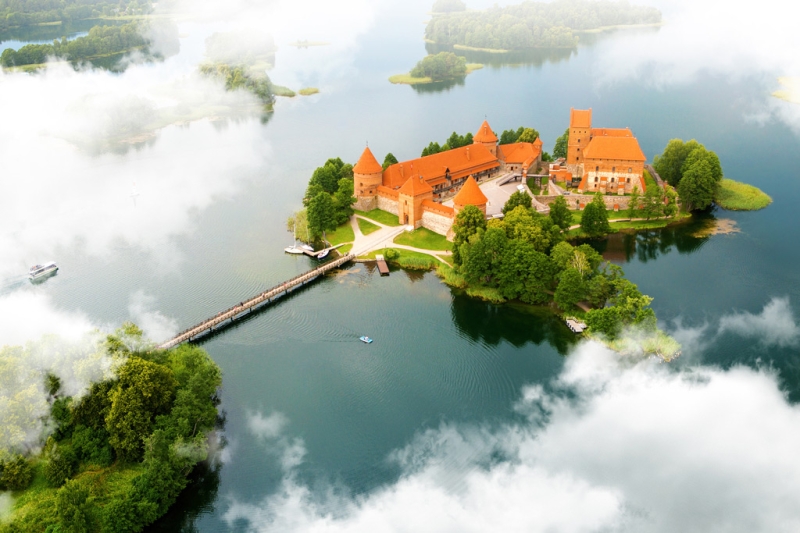
This is the largest castle in Lithuania that has survived to this day. Trakai Castle, built in the early 15th century, was the residence of Grand Duke Vytautas. Since 1962, there has been a museum inside that introduces tourists to the history of Trakai.
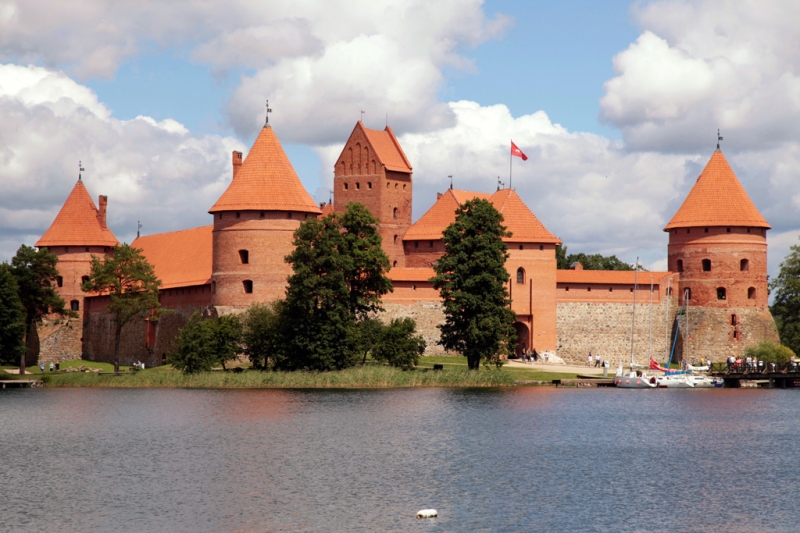
The castle is located on a small island and occupies almost its entirety. In the center is the princely palace, which is fenced off from the outside world by a wall, and along the edges there are several watchtowers. What ancient castle does not have a secret passage? There is one here too. Through a secret passage, the prince could enter the courtyard from his bedroom. Another interesting detail is the heating. Warm air flowed through the pipes and heated the stone walls, making the stay in the castle more comfortable.
Vilnius Cathedral
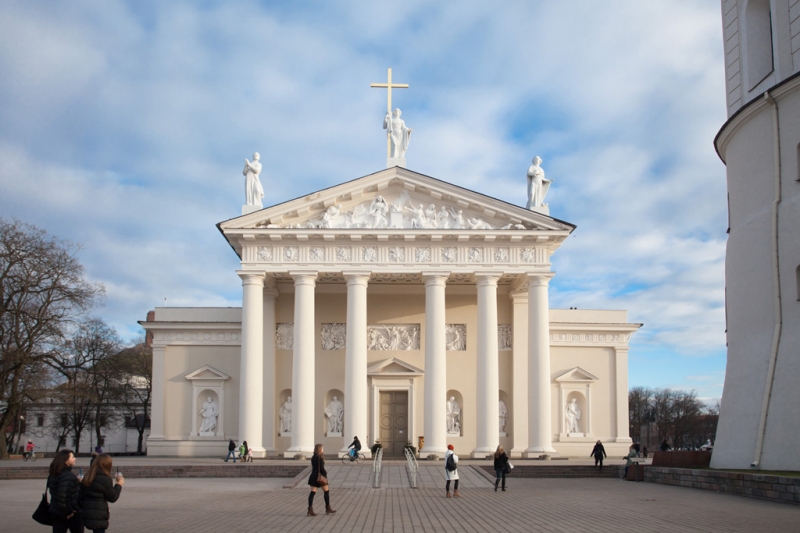
The architecture of the cathedral resembles ancient Greek buildings. It was built in the 15th century on the site of a pagan temple. The building was repeatedly damaged by fires. It was reconstructed several times with the introduction of new elements: stylistic features and interior design were changed.
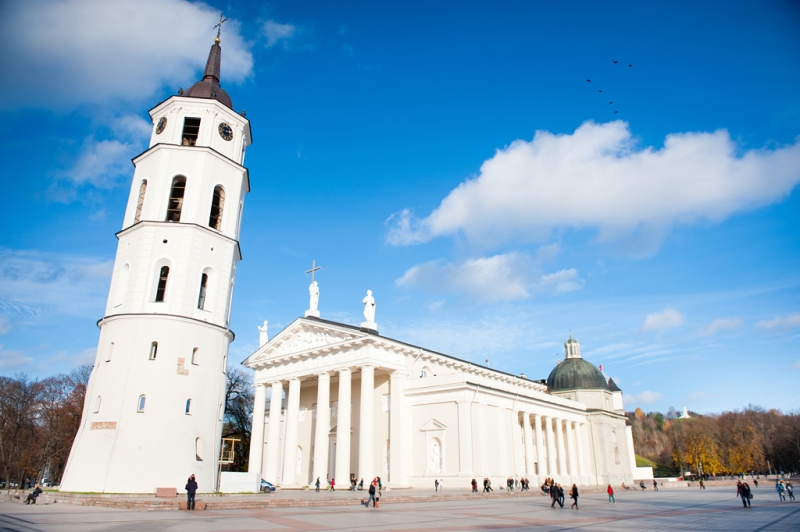
The cathedral contains about four dozen frescoes and paintings that are hundreds of years old. On the lower level of the Cathedral is a museum that tells the rich history of the site.
Vilnius Old Town
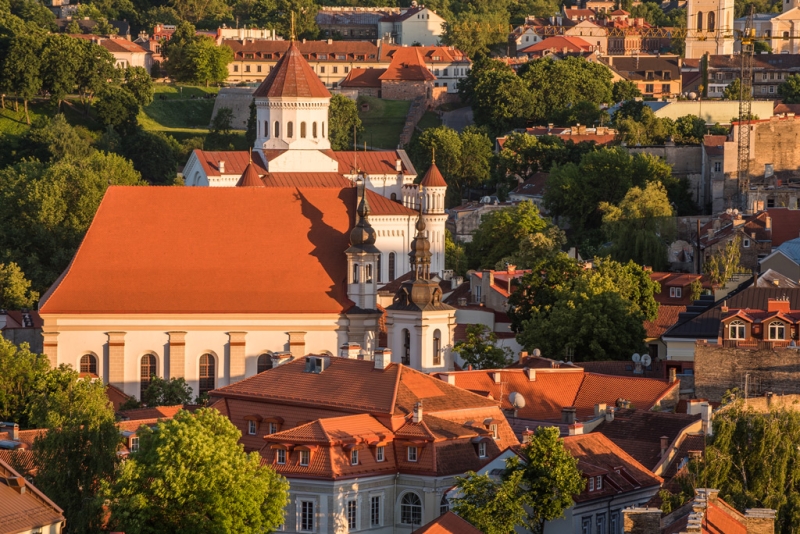
In the old part of the Lithuanian capital there are many monuments and interesting places. For example, Gediminas’ Tower, St. Anne’s Church, Holy Gate, Church of the Holy Spirit and many other historical sites.
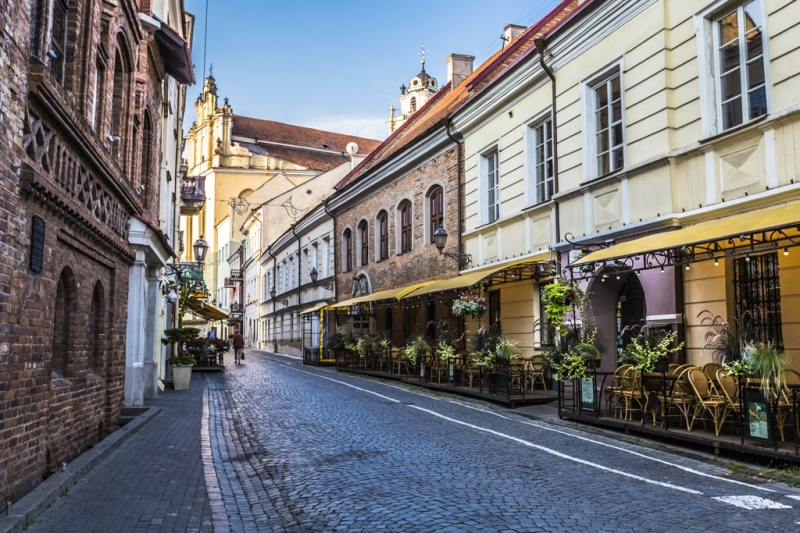
The old city includes seventy streets and alleys and approximately one and a half thousand buildings. There is also a Town Hall, where you will again find many religious buildings – the Church of St. Teresa, the Church of St. Casimir and other monasteries and temples.
Lithuanian Maritime Museum
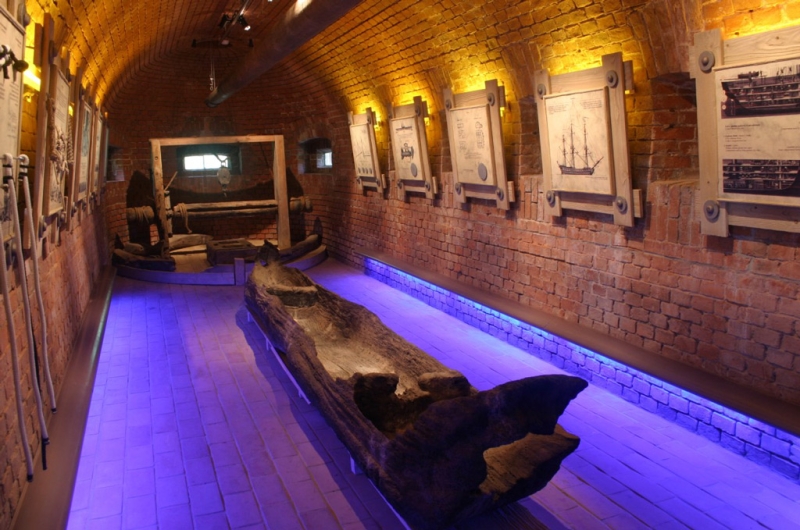
In Klaipeda, in a fortress built in the 19th century, one of the most interesting museums in Lithuania is located. It is divided into four sections – the Curonian Spit Nature Museum, the Ship Museum, the Aquarium and the Dolphinarium. The permanent exhibition of the museum tells about the history of shipping and shipbuilding using illustrative examples: from the boat of Peter I to nuclear icebreakers. And in the adjacent area you can look at an impressive collection of anchors and propellers.
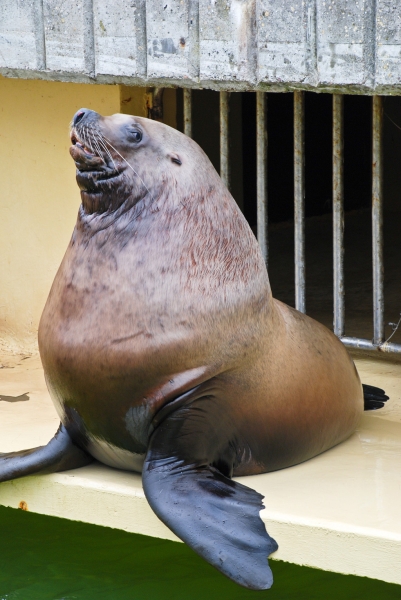
Separately there are aquariums and a collection of shells, which is called the largest in Europe. In the aquariums there are piranhas, sea lions, seals, as well as various tropical animals and even penguins.
Kaunas Botanical Garden
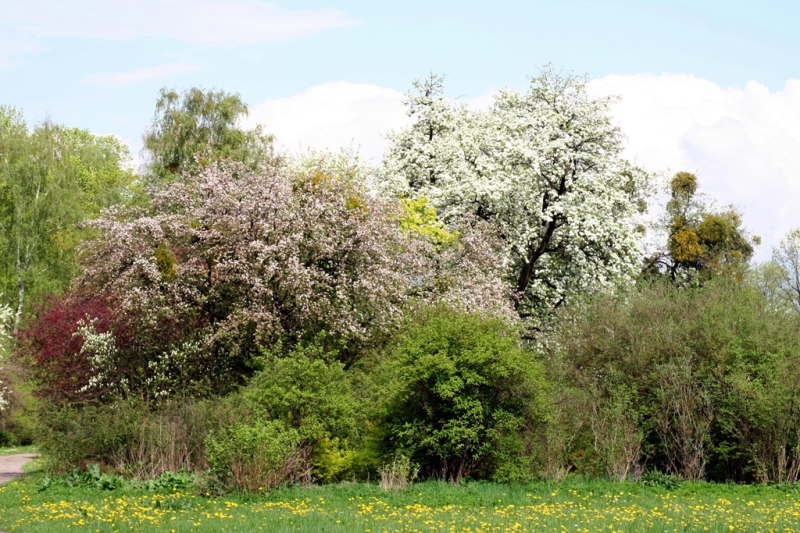
Unlike other botanical gardens, which are mainly engaged in breeding plants exotic for their region, here the main attention is paid to local plants.
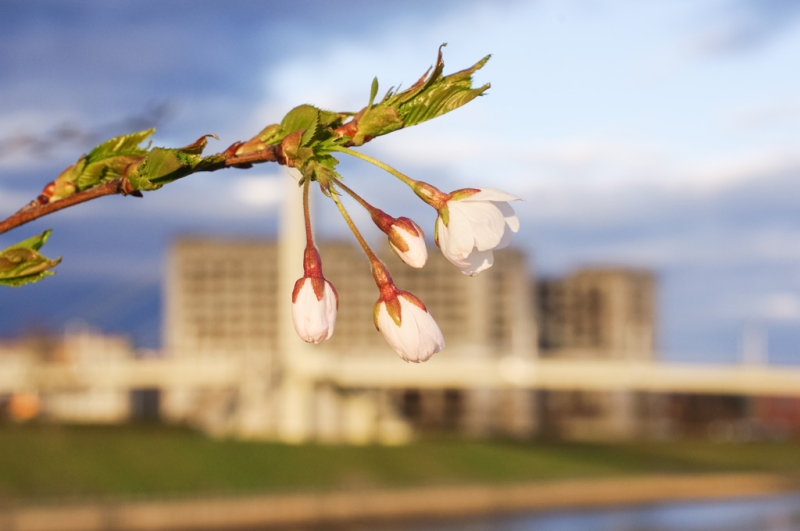
The garden is divided into five zones. The first contains about seventy rare plants for the country. The other is dedicated to fruits and berries; there are dozens of varieties of blueberries alone, and about the same number of varieties of cranberries. In the third zone you can look at medicinal herbs, the fourth consists of flowering plants. Finally, trees grow in the fifth zone.
Lithuanian Money Museum
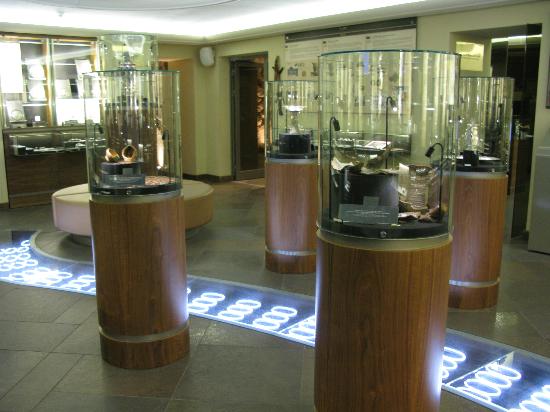
In this museum you can look at banknotes, coins and methods of making currencies. In five rooms, which are located on two floors, there is a large collection of money from various periods and equipment for printing banknotes and coins.
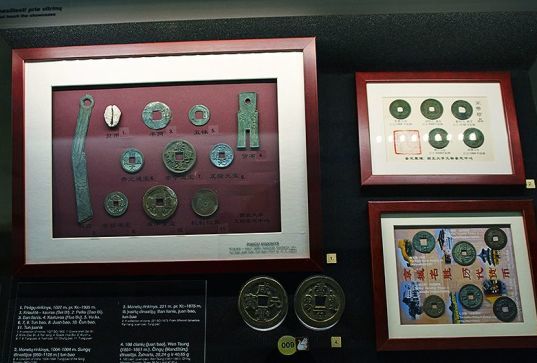
In the museum you can mint your own coin, which is quite interesting. The exhibition includes money not only from Lithuania, but also from other countries. At the same time, the museum is not limited to information and samples of out-of-circulation banknotes. It also talks about modern money, ways to protect it and detect counterfeits.
Kovno Fortress

In Kaunas there is a fortress that was originally built to protect the Russian Empire in the late 19th – early 20th centuries. The building survived two world wars and is perfectly preserved.
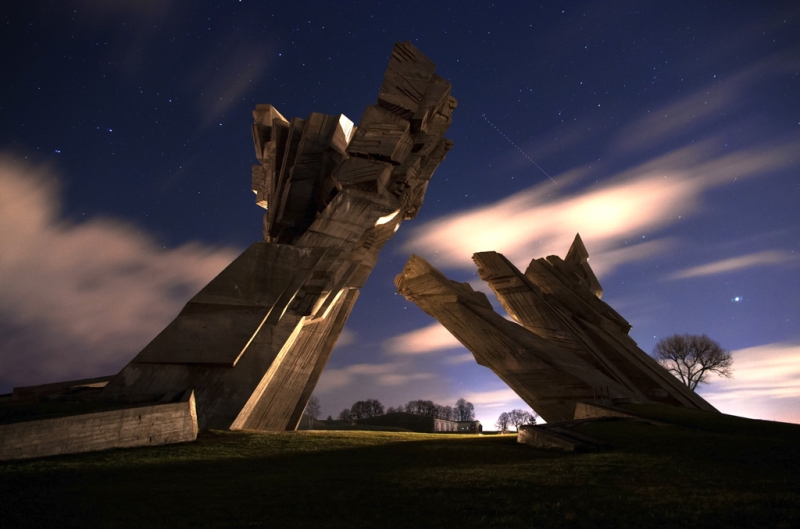
Now in one of the forts of the Kovno Fortress there is a Museum of Victims of Fascism and Genocide of the Jewish People. The place makes a strong impression: the exhibition consists of personal belongings of camp prisoners, their photographs, scraps from diaries and letters. At the entrance there is a monument 32 meters high. Children are unlikely to be interested in the Kovno Fortress and the museum, but we recommend that adults take a look here.
Devil Museum
One Lithuanian artist has been collecting masks, figurines and images of representatives of evil spirits from all over the world for sixty years.
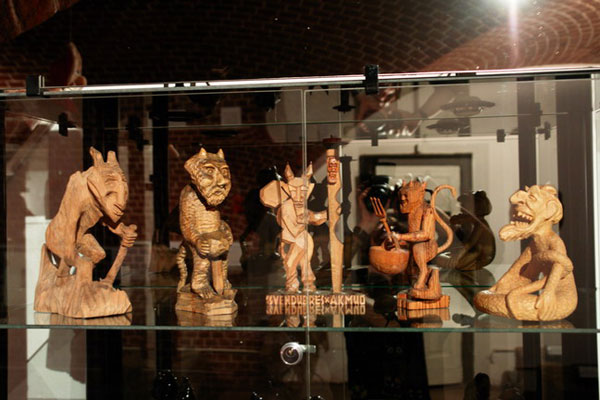
Soft toys with funny horns, wooden figurines, devils and devils in various guises – there’s just so much to see here. There were even demonic figures of Hitler and Stalin dancing over Lithuania. The Devils Museum in Kaunas displays about three thousand exhibits.
Witch Mountain
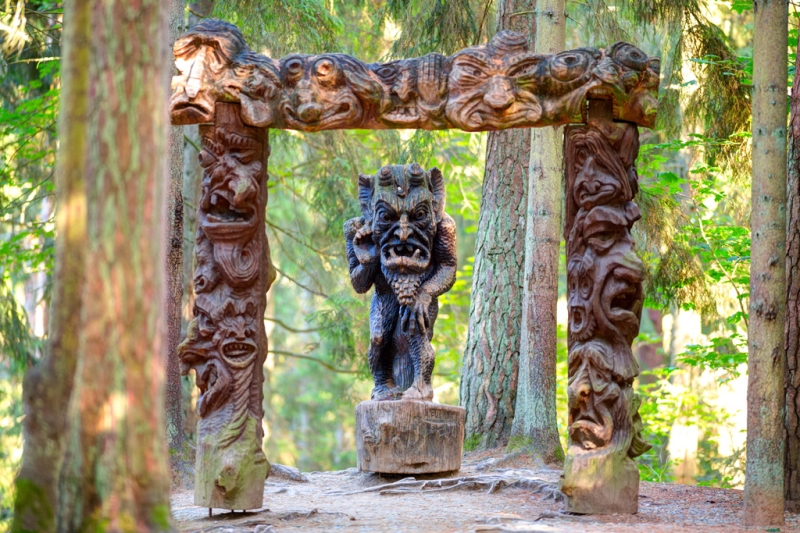
Another “unclean” place is located near the small village of Juodkrante. The mountain was considered sacred among the local tribes. In the middle of the 13th century, the crusaders came to these lands, but this did not stop the “witches” from coming to the mountain every year to worship supernatural forces.
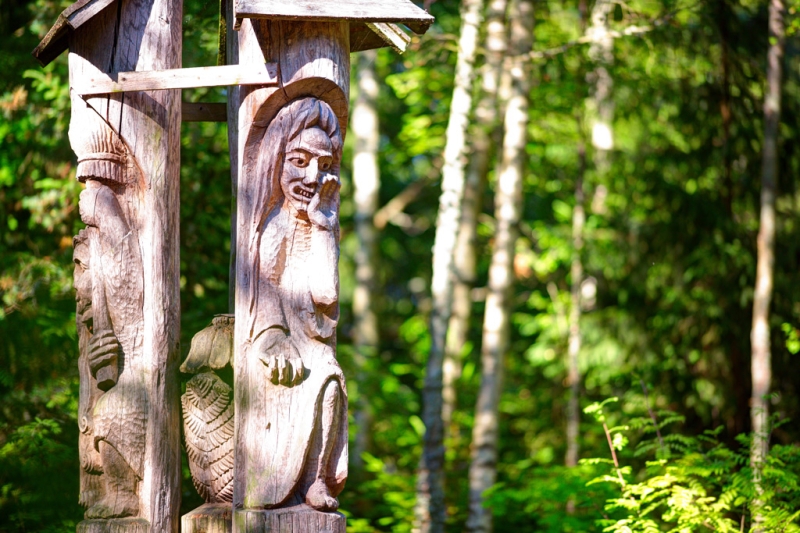
Since the end of the last century, blacksmiths and woodcarvers began to gather here, and gradually the mountain began to be filled with their work. Craftsmen still come here every year to restore old sculptures to their former beauty and carve new ones.
Lithuanian Zoo
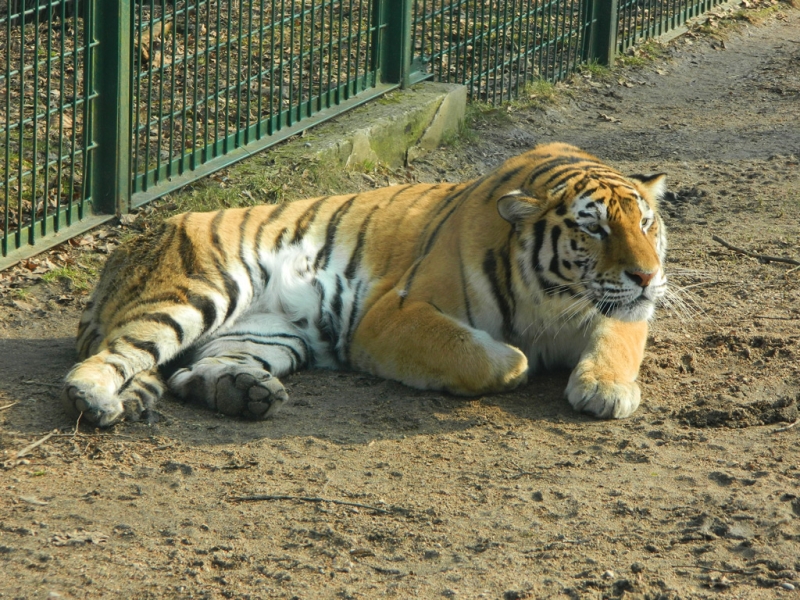
The zoo in Kaunas opened in 1935, and since then the number of animals has increased from forty to a couple of thousand. There are rare species: snow leopards, wallabies (similar to kangaroos, only smaller),
tigers, polar bears and tapirs.
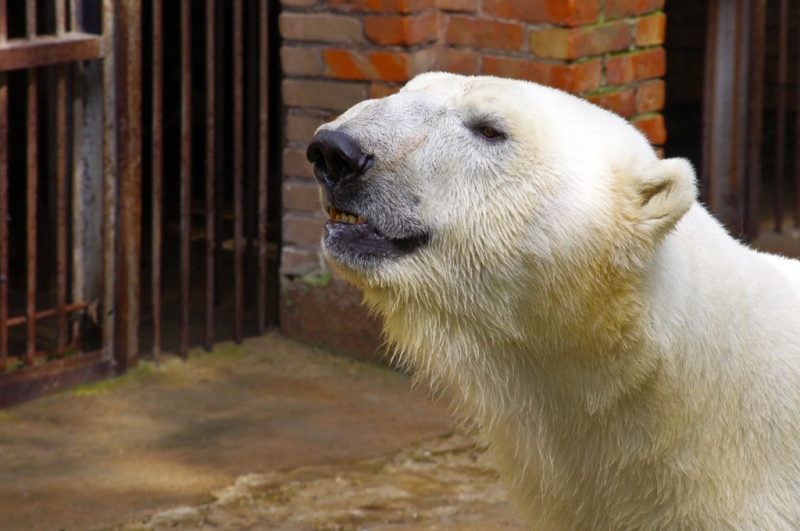
The zoo also has fish and amphibians: turtles, lizards. Management, on its own initiative, conducts events like “Night at the Zoo”.
On OneTwoTrip you can book hotels around the world online. The service offers more than 2,000,000 accommodation properties. And it’s easy to pay for purchases with a OneTwoTrip loyalty card, and up to 10% of the order amount on OneTwoTrip, as well as up to 2% of any purchases paid for with the card, will be returned to your account.
You may be interested in:
Baltic Sea, pine trees and bicycles: going to Lithuanian Palanga
The delicate balance of the Curonian Spit. Lessons from Russia’s smallest national park
25 reasons to travel right now

